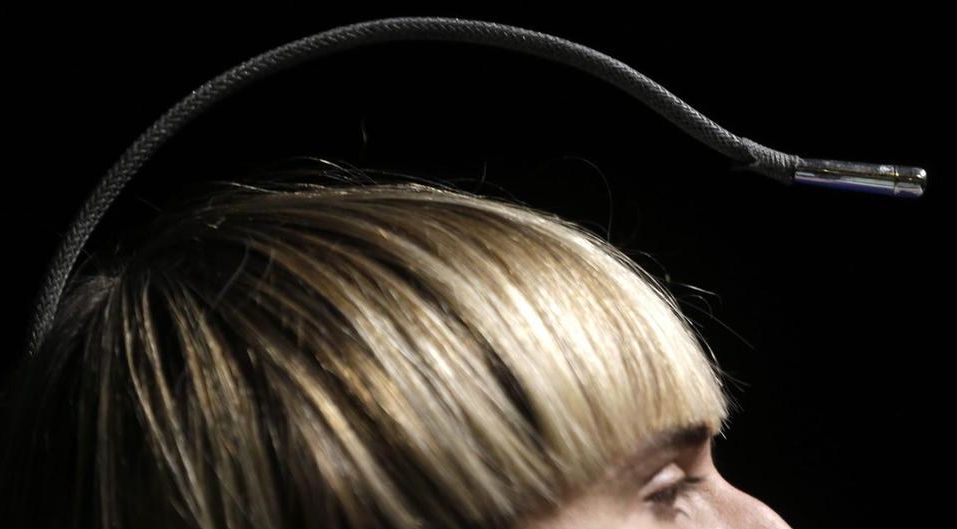The air taxi’s maker, German aviation start-up Volocopter, has previously conducted public demonstration flights in Germany, Dubai and Finland.
“[This] is an important milestone for the introduction of urban air mobility, simply because we give people the image in their mind and the opportunity to see how the vehicle behaves in the air, and how quiet it is in full flight,” Volocopter CEO Florian Reuter told Al Jazeera after the test run.
Volocopter is one of several companies developing a drone equivalent to traditional helicopters, and proponents say electrically powered air taxis offer a safer, quieter, emissions-free alternative.






